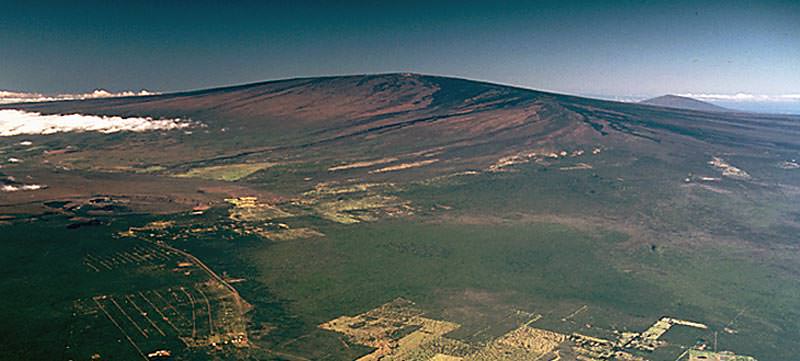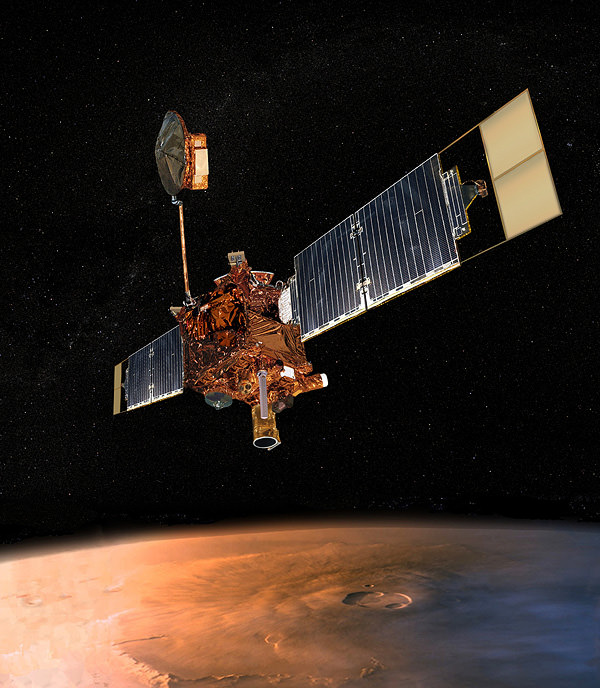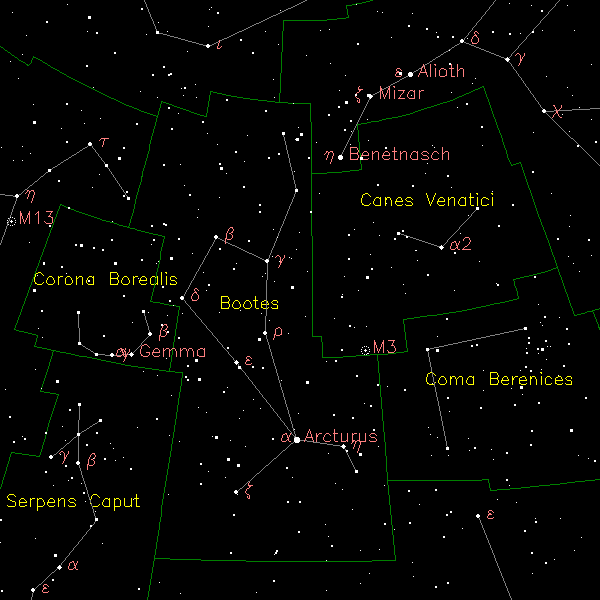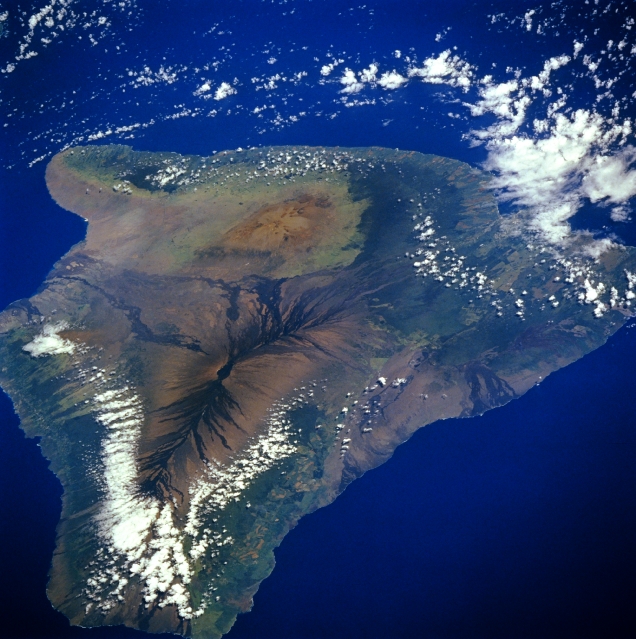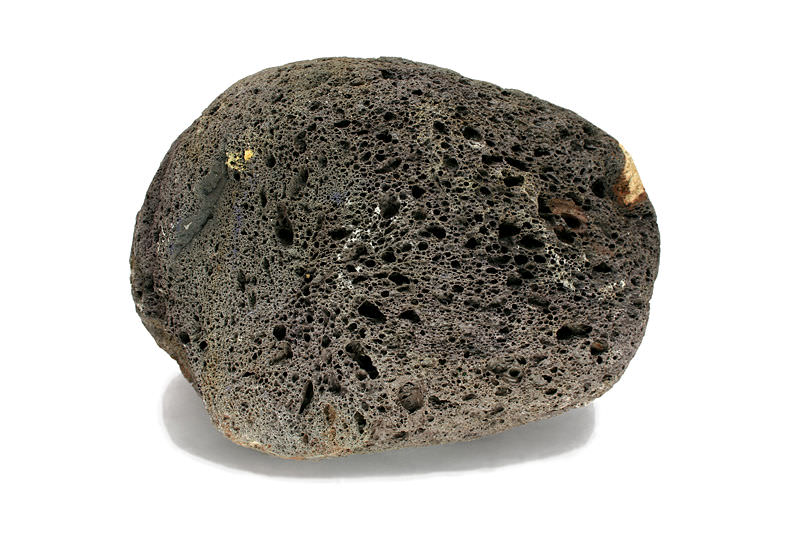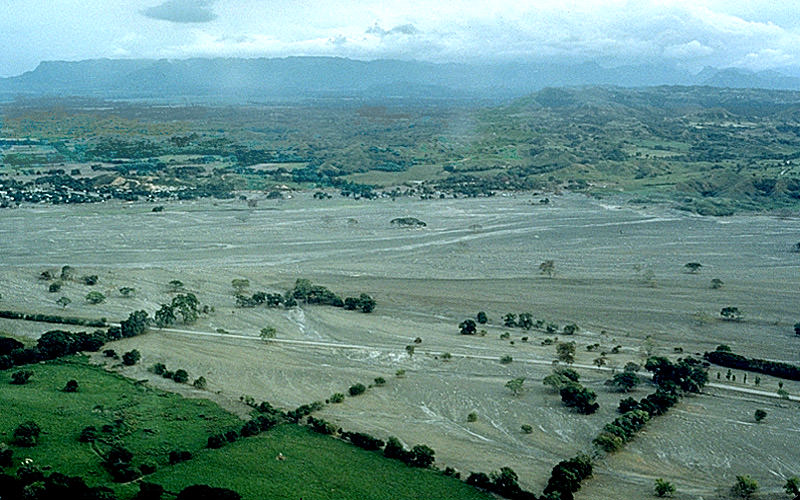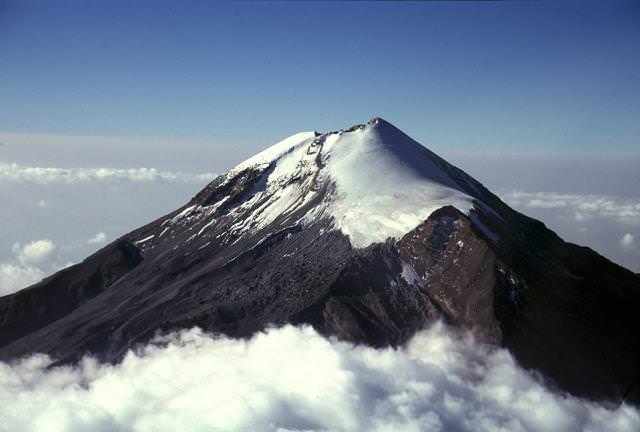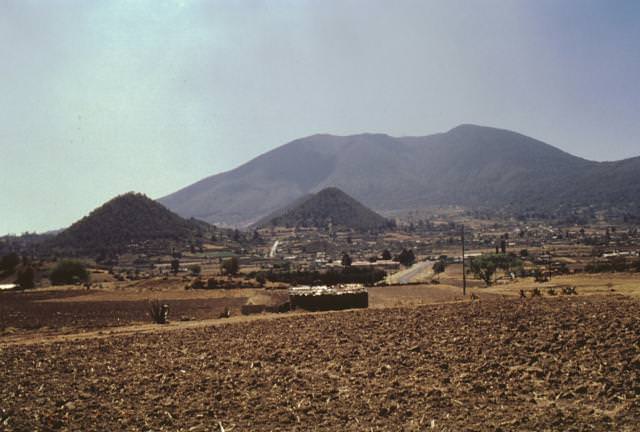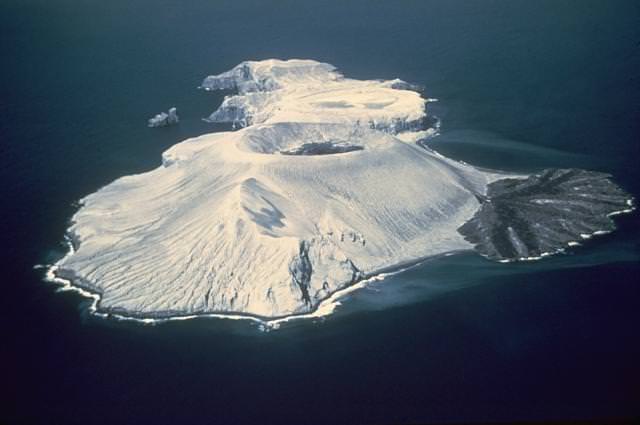[/caption]
The biggest volcano on Earth is Hawaii’s Mauna Loa, rising to an elevation of 4,169 above sea level and with an estimated volume of 75,000 cubic kilometers. But did you know that Mauna Loa is also the largest active volcano? Mauna Loa’s most recent eruption started on March 24, 1984 and lasted until April 15, 1984. An eruption that recent makes it a very active volcano.
Mauna Loa is the biggest volcano in the world because it’s so active. The enormous mass of the volcano is pushing down on the sea floor, creating a deep depression that it’s sinking down into. Furthermore, the mass of the volcano is causing it to further settle and flatten out. When volcanoes start out, the new eruptions cause them to gain elevation faster than they shrink through settling and erosion. But when a volcano gets really large, it has to erupt regularly to continue gaining elevation.
The size and shape of Mauna Loa is still changing; although, very slowly. The caldera at the summit of Mauna Loa recently opened up about 10 cm during a period of eruption in 1975, and it’s believed that the peak was lifted up by about 13 cm. But then in the 1984 eruption, the peak subsided at least 61 cm. Geologists expect that large portions of Mauna Loa’s flanks will slide off the mountain into the ocean. This will shrink the volcano somewhat, but it will still be the largest volcano in the world.
It’s still a very active volcano, having erupted 33 times since historical records were first kept.
We have written many articles about volcanoes for Universe Today. Here’s an article about the tallest volcano in the world, and here’s an article about the biggest volcano in the Solar System.
Want more resources on the Earth? Here’s a link to NASA’s Human Spaceflight page, and here’s NASA’s Visible Earth.
We have also recorded an episode of Astronomy Cast about Earth, as part of our tour through the Solar System – Episode 51: Earth.

